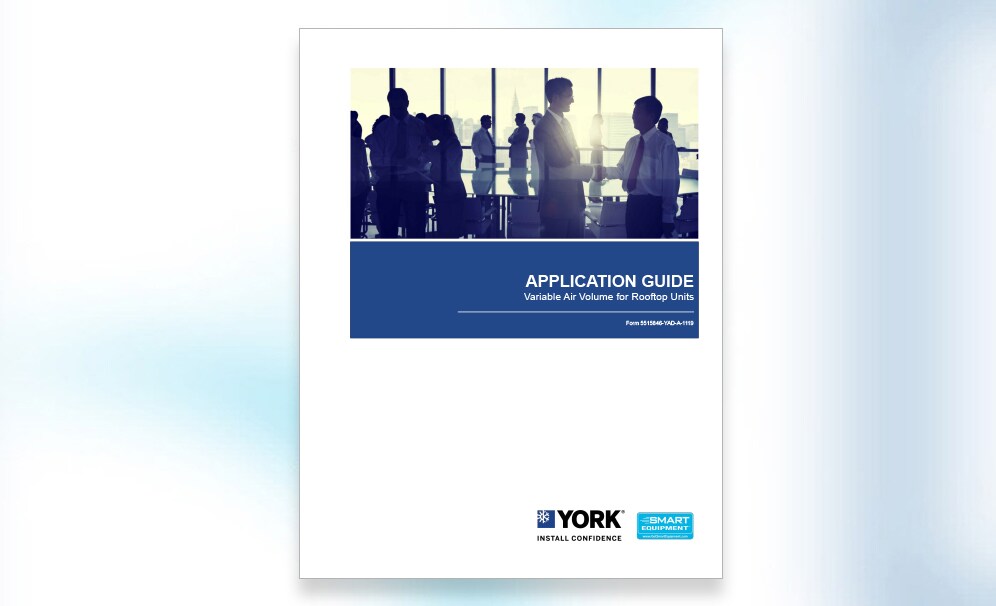Stopping a Clogged Trap From Becoming a Major Issue
When rooftop unit (RTU) condensate drains are regularly inspected and serviced, clogged drain lines are rarely a problem. However, when infrequent service or other issues lead to the potential for a drain pan to overflow, a condensate overflow switch can provide an additional, low-cost layer of protection.
The Importance of Trap Maintenance
In most installations, drain pans are connected to the rooftop unit via gravity-fed seals called “P-traps.” The P-trap is named for the P-shaped profile created by the 90-degree fitting on the outlet side of a U-shaped pipe (another name for this is the “sink trap,” where it is commonly installed). If P-traps are not properly maintained, they can clog, which can likewise cause the drain pan to become clogged. At that point, water can overflow the drain pan, where it can potentially go through the roof curb and penetrate the building.
Adding Cost-Effective Protection
A second drain pan can provide an additional layer of protection, but it may not be enough – without knowing there is a problem, that backup drain pan can overflow, as well. A simple, cost-effective solution is a water-level detection device interlocked with equipment, otherwise known as a condensate overflow switch. Condensate overflow switches can reduce the chance of a clogged drain pan leading water damage issues by alerting the building owner or property manager before an issue occurs – typically by way of an alarm in the building automation system (BAS) or by shutting down the unit while also alarming the BAS. On YORK® Sun™ Premier Rooftop Units, only the cooling operation is shut down in this type of event – the supply fan remains operational and continues to provide airflow to the space.
Condensate overflow protection is just a small part of designing a reliable, high-performance rooftop unit. To learn more about condensate overflow switches and how YORK® rooftop units are designed to provide years of dependable, high-efficiency operation, download your free copy of the complete Variable Air Volume (VAV) Application Guide for Rooftop Units.
